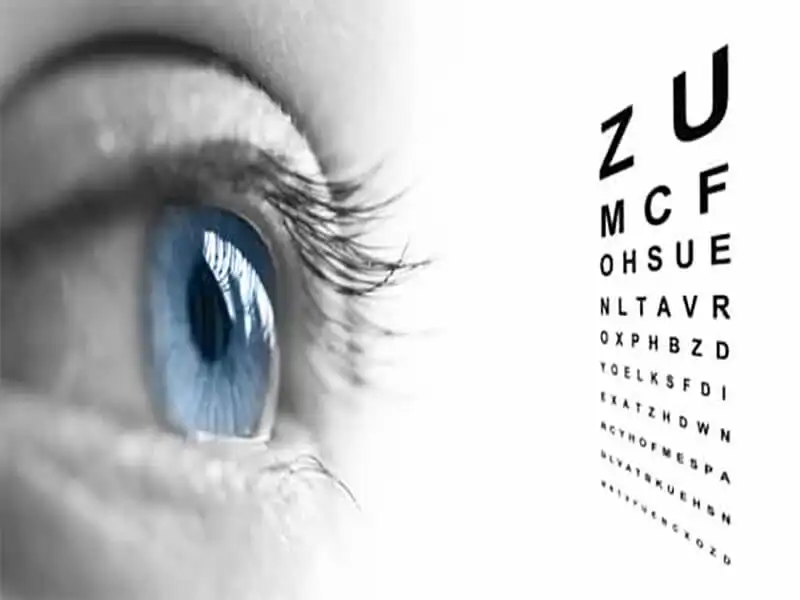All Categories
Featured
We often read about protecting our skin from harmful ultraviolet (UV) rays, however did you understand that UV exposure can likewise significantly impact your eye health and wellness? Whether you're outdoors on a bright day or perhaps during cloudy climate, your eyes are constantly revealed to UV radiation. Long term direct exposure can enhance the danger of various eye problems, several of which may result in long-term vision damage. Comprehending the results of UV rays on your eyes and exactly how to safeguard them is vital for maintaining long-term eye wellness.
Kinds Of UV Rays. UV rays are classified into three kinds:
UVA Rays: These rays penetrate deep right into the skin and can also influence the inner layers of the eyes. UVB Rays: These rays primarily create damages to the skin's surface yet can additionally hurt the cornea and lens of the eye. UVC Rays: While these are the most harmful, they are mainly absorbed by the Planet's environment and don't reach the surface. Both UVA and UVB rays are unsafe to your eyes, and over time, direct exposure can lead to major eye problems.
Short-Term Impacts of UV Direct Exposure. Even quick direct exposure to extreme UV rays can lead to prompt eye damage. An usual short-term condition is photokeratitis, commonly described as "sunburn of the eye." Symptoms of photokeratitis consist of:
Inflammation and irritation. Level of sensitivity to light. Tearing or watery eyes. A sandy feeling, as if something is stuck in your eye. While the signs of photokeratitis are short-term and typically settle within a day or 2, duplicated cases can have advancing results on your vision.
Long-Term Results of UV Direct Exposure. Persistent UV direct exposure can add to a number of serious eye problems, consisting of:
Cataracts: In time, UV rays can trigger clouding of the eye's lens, causing cataracts, among the leading sources of loss of sight worldwide.
Macular Degeneration: Prolonged UV exposure can harm the retina, especially the macula, bring about age-related macular deterioration (AMD), which affects central vision.
Pterygium: Likewise understood as "surfer's eye," this condition includes the development of a fleshy cells on the white part of the eye, which can cross the cornea and influence vision.
Skin Cancer Cells Around the Eyes: The delicate skin around the eyes is susceptible to UV radiation, enhancing the danger of skin cancer cells, such as basal cell carcinoma.
Pinguecula: UV direct exposure can likewise result in yellowish down payments on the conjunctiva, which can trigger irritation and pain.
How to Secure Your Eyes from UV Rays. Put On Sunglasses with UV Defense: Always pick sunglasses identified as obstructing 100% of UVA and UVB rays. Wrap-around designs offer added defense by blocking UV rays from the sides.

Use a Wide-Brimmed Hat: Hats with a large brim can reduce UV direct exposure by up to 50%, supplying additional insurance coverage for your eyes and face.
Stay Clear Of Peak Sunlight Hours: UV rays are strongest between 10 a.m. and 4 p.m. Restricting your outside tasks throughout these hours can aid lessen direct exposure.
Do Not Ignore Children: Kid's eyes are much more conscious UV rays, so guarantee they put on sunglasses and hats when outdoors.
Use UV-Blocking Call Lenses: If you put on calls, ask your eye treatment company about UV-blocking lenses for added defense.
Keep Protected Year-Round: UV damages isn't restricted to summer; rays can show off surfaces like water, sand, and snow, making eye defense necessary all year.
Verdict. Shielding your eyes from UV rays is crucial to maintaining your vision and total eye wellness. By taking easy safety measures like putting on UV-protective sunglasses, restricting direct exposure throughout optimal hours, and frequently checking out an eye care expert, you can secure your eyes from the hazardous impacts of UV radiation.
Latest Posts
Uncover Budget-Friendly Auto Repairs with Montclare’s Exclusive Service Specials
Find Out How Your Partner at WyHy Maximizes Your Savings on Loans and Savings
Explore WyHy FCU – Your Path to Superior Financial Services in Wyoming
More
Latest Posts
Uncover Budget-Friendly Auto Repairs with Montclare’s Exclusive Service Specials
Find Out How Your Partner at WyHy Maximizes Your Savings on Loans and Savings
Explore WyHy FCU – Your Path to Superior Financial Services in Wyoming